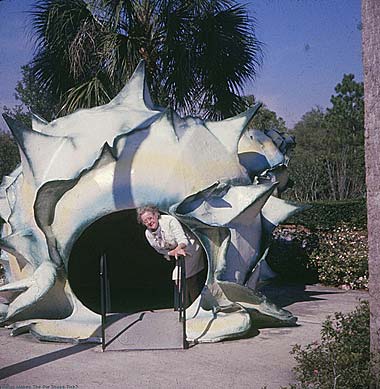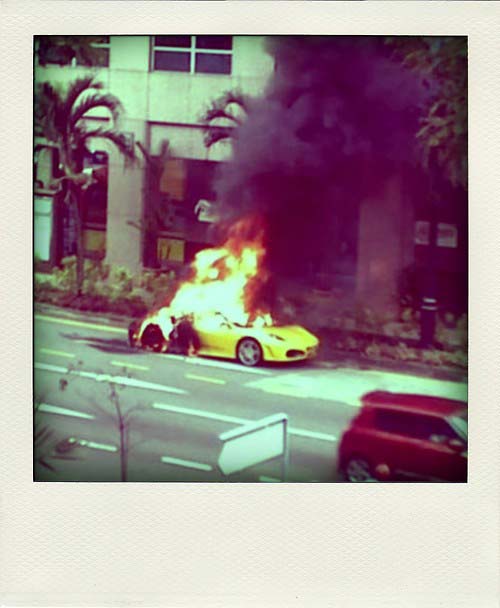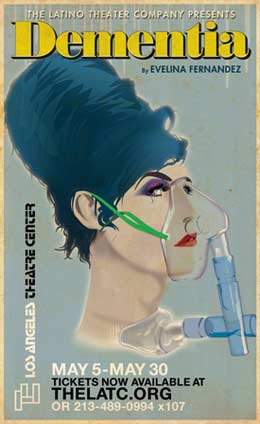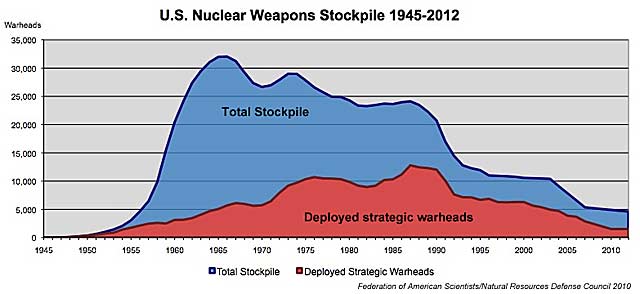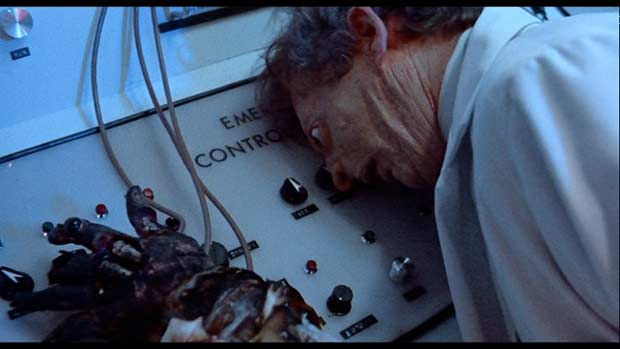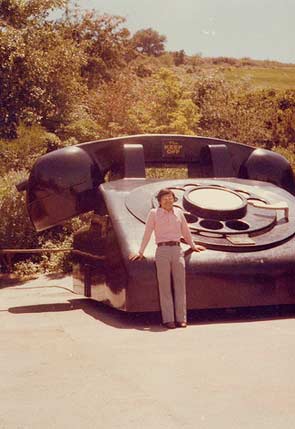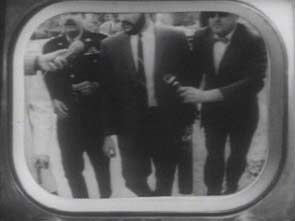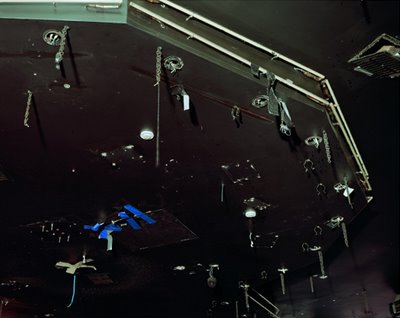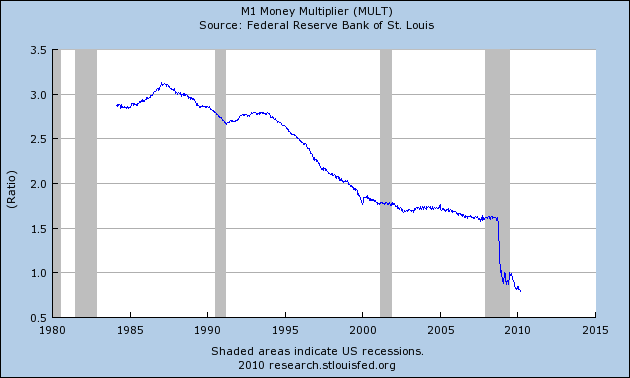I myself spent nine years in an insane asylum and i never had the obsession of suicide, but i know that each conversation with a psychiatrist, every morning at the time of his visit, made me want to hang myself, realizing that i would not be able to cut his throat. (…)
…and what is an authentic madman? It is a man who preferred to become mad, in the socially accepted sense of the word, rather than forfeit a certain superior idea of human honor. So society has strangled in its asylums all those it wanted to get rid of or protect itself from, because they refused to become its accomplices in certain great nastinesses. For a madman is also a man whom society did not want to hear and whom it wanted to prevent from uttering certain intolerable truths. (…)
…no one has ever written, painted, sculpted, modeled, built, or invented except literally to get out of hell.
{ Antonin Artaud, Van Gogh: The Man Suicided by Society, 1947 }
The return from Ireland brought about the beginning of the final phase of Artaud’s life, which was spent in different asylums. When France was occupied by the Nazis, friends of Artaud had him transferred to the psychiatric hospital in Rodez, well inside Vichy territory, where he was put under the charge of Dr. Gaston Ferdière. Ferdière began administering electroshock treatments to eliminate Artaud’s symptoms, which included various delusions and odd physical tics. The doctor believed that Artaud’s habits of crafting magic spells, creating astrology charts, and drawing disturbing images, were symptoms of mental illness. The electro-shock treatments have created much controversy, although it was during these treatments — in conjunction with Ferdière’s art therapy — that Artaud began writing and drawing again, after a long dormant period. In 1946, Ferdière released Artaud to his friends, who placed him in the psychiatric clinic at Ivry-sur-Seine. Current psychiatric literature describes Artaud as having schizophrenia, with a clear psychotic break late in life and schizotypal symptoms throughout life.
Artaud was encouraged to write by his friends, and interest in his work was rekindled. He visited an exhibition of works by Vincent van Gogh which resulted in a study Van Gogh le suicidé de la société [Van Gogh, The Man Suicided by Society], published by K éditeur, Paris, 1947 which won a critics´ prize.
In January 1948, Artaud was diagnosed with intestinal cancer. He died shortly afterwards on March 4, 1948, alone in the psychiatric clinic, seated at the foot of his bed, allegedly holding his left shoe.
{ Wikipedia | Continue reading }


